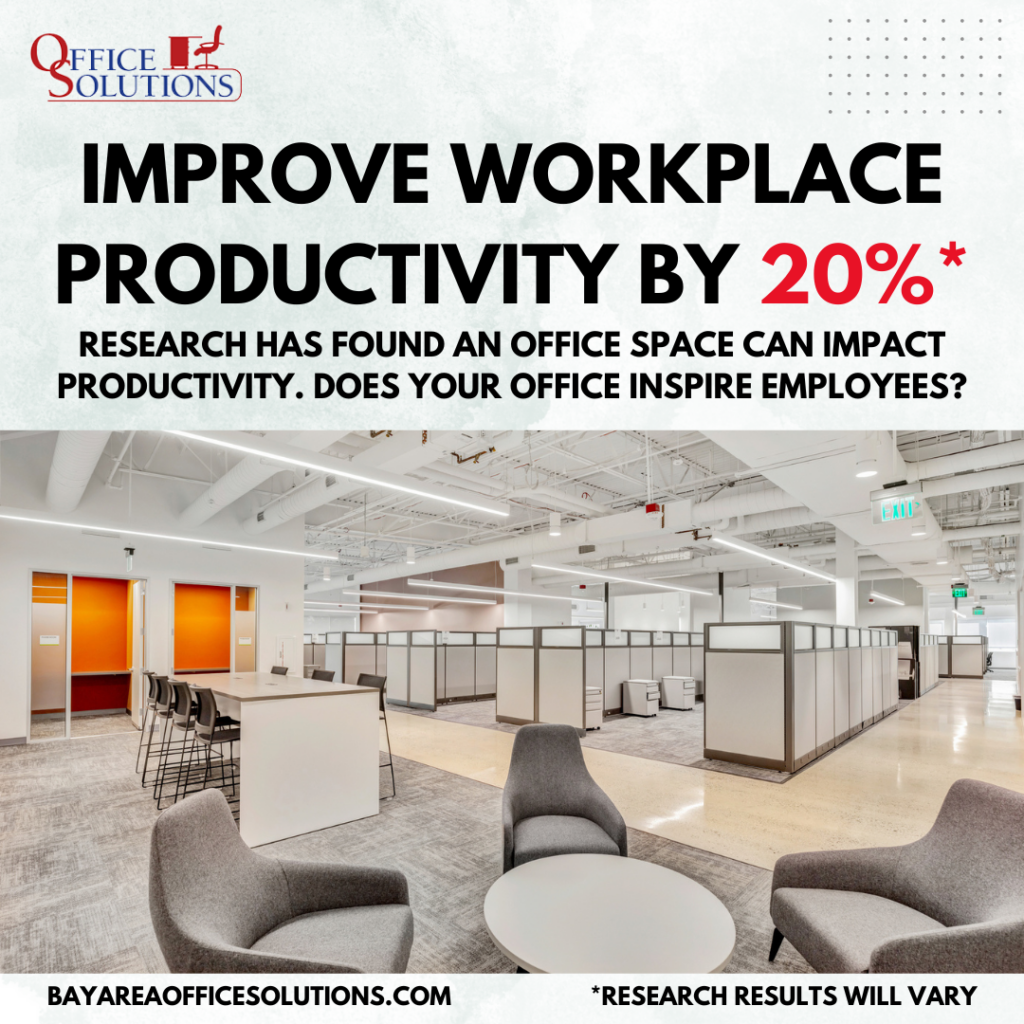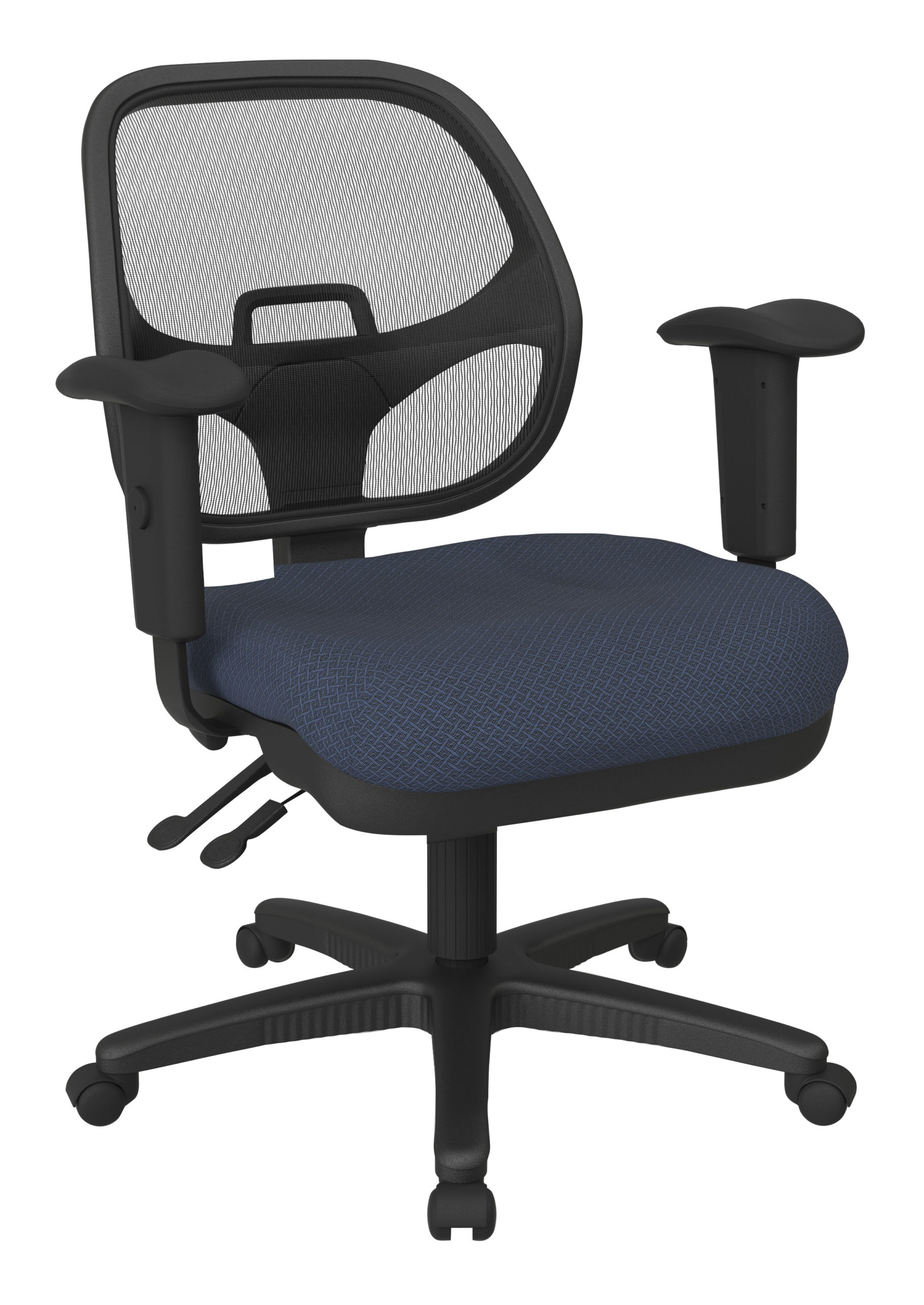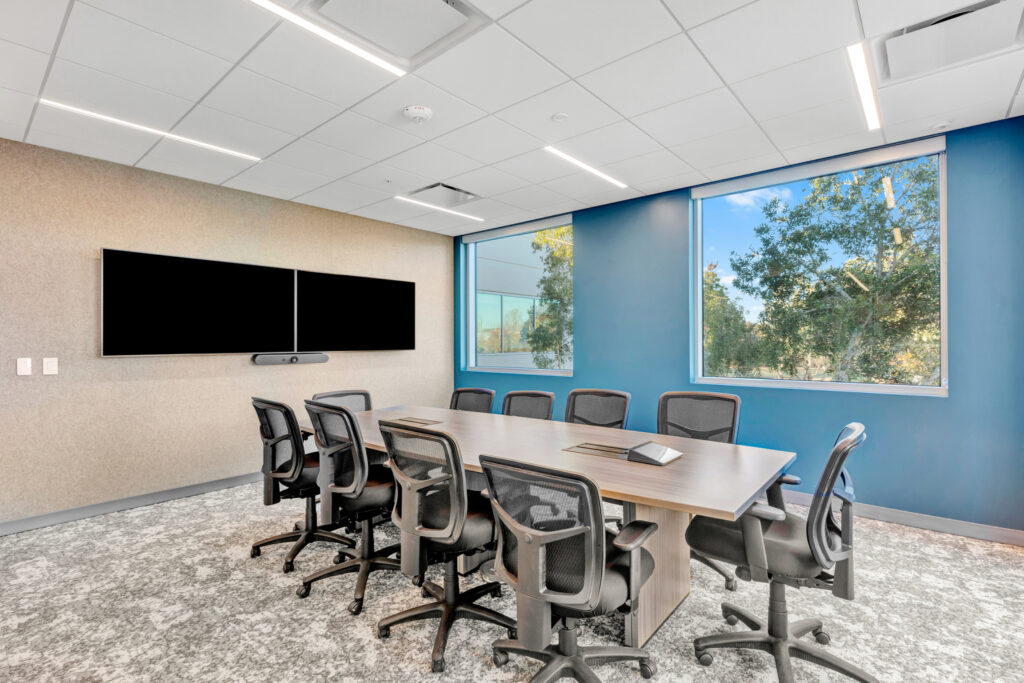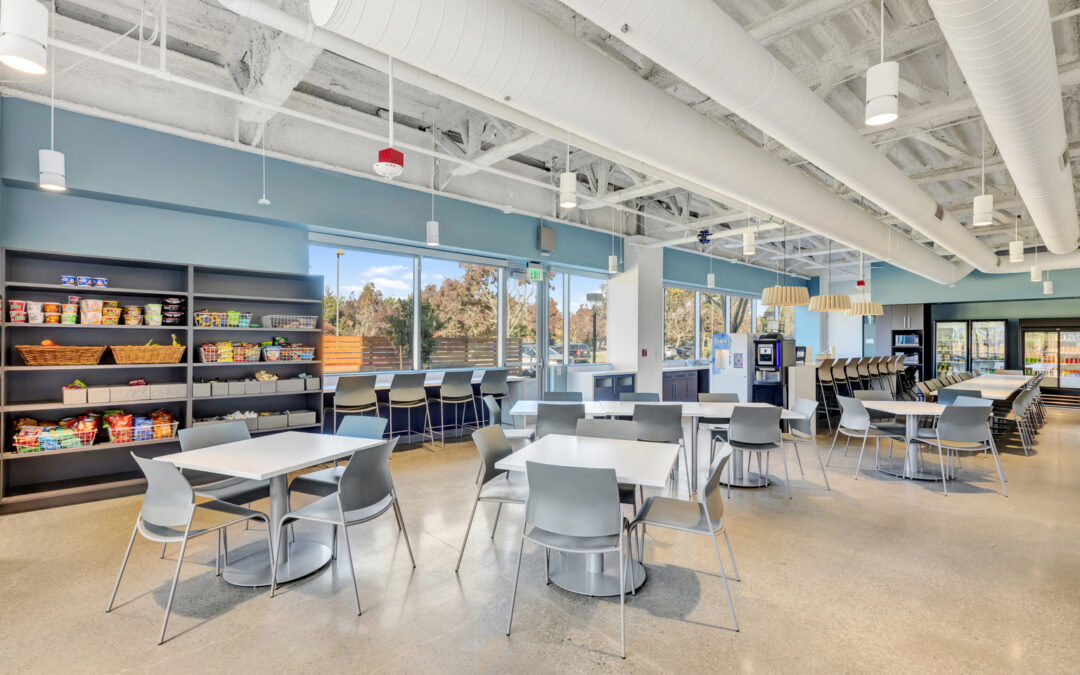Ergonomics has been a popular buzzword for improving office functionality and productivity for decades, but most people don’t really understand what it means.
Our Office Ergonomics Explained guide is meant to answer all your questions about the potential benefits of ergonomics and how to improve comfort at work.
Office Ergonomics Definition
Office ergonomics refers to the science of designing and arranging objects and work environments to fit the capabilities and limitations of individuals.
Ergonomics focuses on creating a workspace that promotes efficiency, comfort, and well-being while reducing the risk of musculoskeletal disorders and other work-related injuries.
5 Benefits of an Ergonomic Office

Employee Comfort and Well-Being
An ergonomic office setup prioritizes the physical comfort and well-being of employees.
Offices can provide adjustable furniture, proper lighting, and ergonomic equipment, such as supportive chairs and adjustable desks. These will help employees maintain better posture, reduce strain on their bodies, and experience less discomfort and fatigue throughout the workday.
Increased Productivity
When employees are comfortable and free from physical discomfort, they can focus more effectively on their work.
Ergonomic office designs can minimize distractions and promote better concentration, resulting in increased productivity and improved work output.
Some studies have found ergonomics can improve productivity by 20-30%, but results vary significantly across studies and industries.
Fewer Work-Related Injuries
Even a standard 9-5 desk job can lead to workplace injuries, particularly repetitive strain injuries (RSIs), musculoskeletal disorders (MSDs), and other work-related injuries can occur due to poor ergonomics.
By implementing ergonomic office practices, employers can reduce the risk of these injuries by ensuring proper body alignment, minimizing repetitive movements, and providing supportive equipment.
This leads to a healthier workforce and decreases absenteeism due to work-related injuries.
Employee Morale and Satisfaction
A workplace that values employee well-being and takes proactive measures to create a comfortable environment fosters higher levels of employee morale and satisfaction.
When employees feel that their employer cares about their physical health and provides the necessary tools for their comfort, they are more likely to be motivated, engaged, and satisfied in their work.
Actively participating in the ergonomics process and feeling like they have a voice in the office space is also a big part of fostering employee satisfaction.
Cost Savings
Ergonomic office designs can result in long-term cost savings for employers.
By investing in ergonomic furniture, equipment, and workplace modifications, employers can prevent work-related injuries, reduce absenteeism, and minimize healthcare costs associated with ergonomic-related ailments.
Increased productivity and employee satisfaction often translate into higher-quality work, improved customer satisfaction, and overall business success.
How to Make Your Office More Ergonomic
Office Equipment Tips
There are tons of ways to make your office equipment more ergonomic. Begin with these main tips:

This ergonomic chair features built-in lumbar support, a breathable mesh back, a comfortable cushion, and pneumatic seat height adjustment. Available in 1000s of configurations.
Ergonomic Chairs
The most important aspect of chairs is height and spine support.
The chair’s height should allow your knees to remain level with your hips, while the seat and back of the chair allow you to keep your spine straight and pain-free.
Armrests can be used to allow your shoulders to relax.
The Right Desk
Ergonomic desks should have ample leg room, proper height, enough space, and avoid sharp edges.
Avoid storing too many things under your desk, as this can reduce the space needed to sit properly. Employees should have a better dedicated place to store some of their documents.
Finding a desk that is the proper height will help reduce strain on the wrists and arms, while also providing enough leg room.
Non-rounded edges can also cause issues over time, so consider adding padding to any hard edges.
Monitors and Laptop
The primary monitor should be directly in front of you, roughly an arm’s length away from your face.
The top of the screen should never be above eye level, as this will lead to neck pain.
Swivel monitor arms offer an easy solution for adjusting the height of your monitor.
Keyboard and Mouse
Keeping your keyword directly in front of your primary monitor will help you keep your wrists, forearms, shoulders, and neck relaxed.
Phone
Employees who spend a lot of time on the phone may prefer being on speaker or using a headset.
Typing while holding a phone on your shoulder can quickly lead to neck or spine discomfort.
Layout and Design Tips
There are dozens of things to consider when designing an ergonomic office space, but here are a few of the most important things to know:
Use Natural Light

Maximize natural light in the office layout as much as possible.
Natural light has been linked to increased productivity and well-being.
Additionally, provide adjustable artificial lighting to reduce glare and shadows, allowing employees to work comfortably without straining their eyes.
Flow of Movement
Arrange your workstations and office equipment in a way that allows for smooth and efficient movement.
Minimize obstacles and ensure there is enough space for employees to move comfortably without bumping into furniture or each other.
Collaboration Areas and Other Dedicated Spaces

Office phone booths from Zenbooth offer a unique solution to a collaboration area that can be installed in most offices.
Incorporate designated areas for collaboration and teamwork.
These spaces can include meeting rooms, breakout areas, or communal workspaces where employees can gather, share ideas, and work together.
Consider providing ergonomic furniture in these areas as well to support comfort during collaborative activities.
Movement Options
Include options for standing or active workstations, such as height-adjustable desks or standing desks.
Encourage employees to take breaks and move around by providing common areas for stretching or walking.
Movement throughout the workday can help prevent the negative effects of prolonged sitting and increase productivity.
Create an Ergonomic Office
Implementing office ergonomics best practices doesn’t come easily, and if you’re doing it without expert help may become expensive.
Office Solutions is a family-owned business that has been providing expert office design in the Bay Area of California for over 20 years. We also provide turnkey moving services, electrical and phone setup, and a wide selection of ergonomic office furniture to make your office upgrade as easy as possible.
Reach out to us at 408-753-9187, or fill out the form below to learn more about how we can help you.










